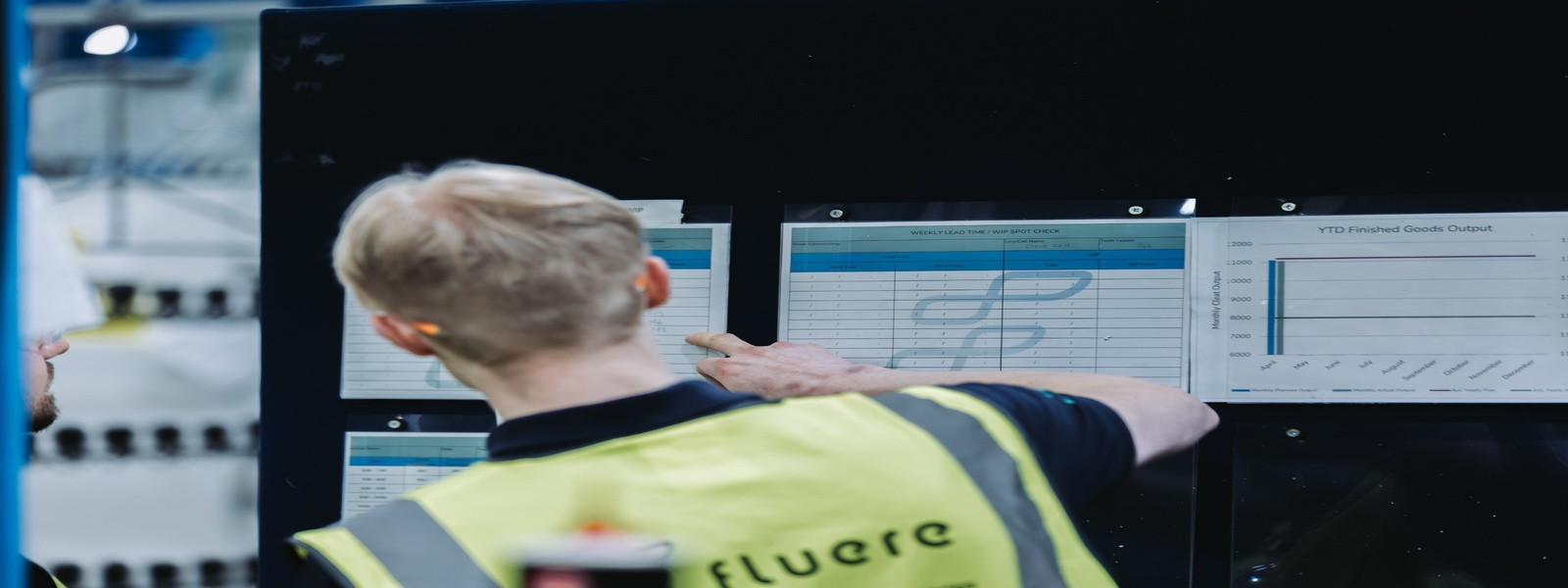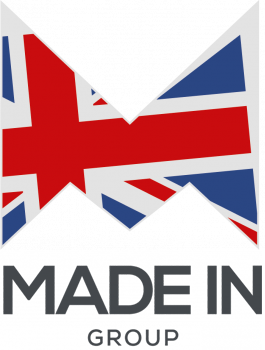
The UK’s £20bn Productivity Problem and How Manufacturers Could Be Solving It Themselves
The UK’s £20bn Productivity Problem and How Manufacturers Could Be Solving It Themselves
The BBC has reported that a downgrade to the UK’s productivity forecast could leave the Chancellor facing a £20bn gap in next month’s Budget.
The Office for Budget Responsibility (OBR) is expected to cut its productivity outlook by 0.3 percentage points; a small adjustment on paper, but one that could add £21bn to government borrowing by 2029 - 2030. It’s the latest reminder that the UK’s long-standing productivity challenge remains unresolved and that it continues to shape every national conversation about growth, competitiveness, and public spending.
While the government wrestles with what this means for the wider economy, many manufacturers are already taking matters into their own hands. Productivity isn’t an abstract concept; it’s the heartbeat of every operation. It determines how efficiently a business turns time, materials, and effort into output and profit.
How Manufacturers Are Tackling Productivity Gaps
Across the sector, manufacturers improving productivity are focusing on a few key areas:
1. Understanding where time and value are lost.
Data and observation go hand in hand. Successful businesses benchmark their operations not just on cost, but on flow, lead time, and reliability. Small inefficiencies often hide in waiting time, rework, and handovers between processes.
2. Engaging the people closest to the work.
Lasting change doesn’t come from management directives; it comes from the workforce owning the solutions. Involving teams early, listening to their ideas, and testing them quickly builds both momentum and buy-in.
3. Simplifying and standardising processes.
Many factories have evolved around growth rather than design. Reviewing layouts, material flows, and sequencing can eliminate waste and unlock extra capacity without major capital spend.
4. Building leadership capability.
Improvement is sustained only when leadership habits change too; clarity of targets, daily performance management, and a culture of continuous improvement all help to keep progress alive.
Lessons from Fluere’s Experience
At Fluere, we’ve seen how these principles deliver tangible results when applied consistently. Our clients have achieved:
• 30% -100% increases in output
• Lead time reductions of up to 90%
• 20% -30% reductions in working capital, releasing £200,000 - £400,000 in cash flow
In one factory, a structured improvement programme reduced work-in-progress by 80% and increased on-time delivery to record levels. Another business built its first layer of team leadership within six months, transforming communication, accountability, and engagement across shifts.
These gains didn’t come from pushing people harder – they came from creating clarity, flow and ownership.
The Bigger Picture
As the government prepares its next Budget, the national productivity debate will focus on fiscal levers and economic rules. But manufacturers don’t have to wait for policy to change. The most effective improvements start inside the factory walls; understanding your own data, engaging your teams, and simplifying how work gets done.
Fluere supports this process through hands-on operational reviews, leadership development, and practical implementation, but the mindset shift belongs to the manufacturer.
The UK’s productivity problem may be national, but the solution is local; and it starts one factory at a time.






